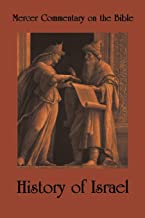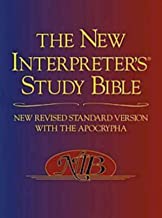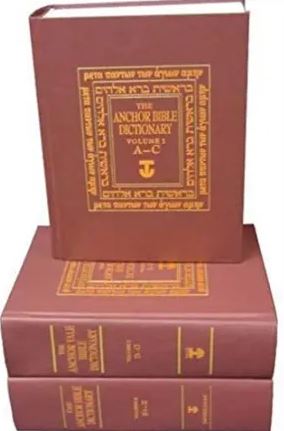>In an address delivered in Vatican City on January 9, 2007, Pope Benedict XVI spoke how Augustine, Bishop of Hippo, came to appreciate the Old Testament. In his address, Benedict said:
At first with the purpose of enriching his rhetorical repertoire, Augustine began attending the impressive lectures of Bishop Ambrose, who had been a representative of the emperor in Northern Italy; he was charmed by his words, not only because of their eloquence, but because they touched his heart. The main problem of the Old Testament — the lack of oratory and philosophical elevation — resolved itself in the lectures of St. Ambrose thanks to the typological interpretation of the Old Testament: Augustine understood that the Old Testament is a journey toward Jesus Christ. So he found the key to understanding the beauty, the philosophic depth of the Old Testament, and he understood the unity of the mystery of Christ in history, as well as the synthesis between philosophy, rationality and faith in the Logos, in Christ, the eternal Word that became flesh.
Typology is a method of interpretation that sees patterns in the Old Testament that find fulfillment in the teachings of the New Testament. The use of correspondence of events, persons, and things between the two Testaments can be useful in understanding the Old Testament as both Gerhard von Rad and Walther Eichrodt have shown. However, one must be careful not to transform typology into allegories.
If the use of typology helped Augustine develop a better appreciation for the Old Testament, maybe it can help Christians today understand the unity of the Bible and realize that the Old Testament is a book that speaks of God’s work in the world.
Claude Mariottini
Professor of Old Testament
Northern Baptist Seminary
Tags: Augustine, Pope Benedict XVI, Typology
















>I wonder how we could imagine the unity of the Bible without using figurative reading … Figurative reading is back in vogue, especially in the writings of Childs and Seitz.
LikeLike
>Phil,I agree with you. The use of typology is proper if we do not allegorize the text.Thank you for your comment.Claude Mariottini
LikeLike